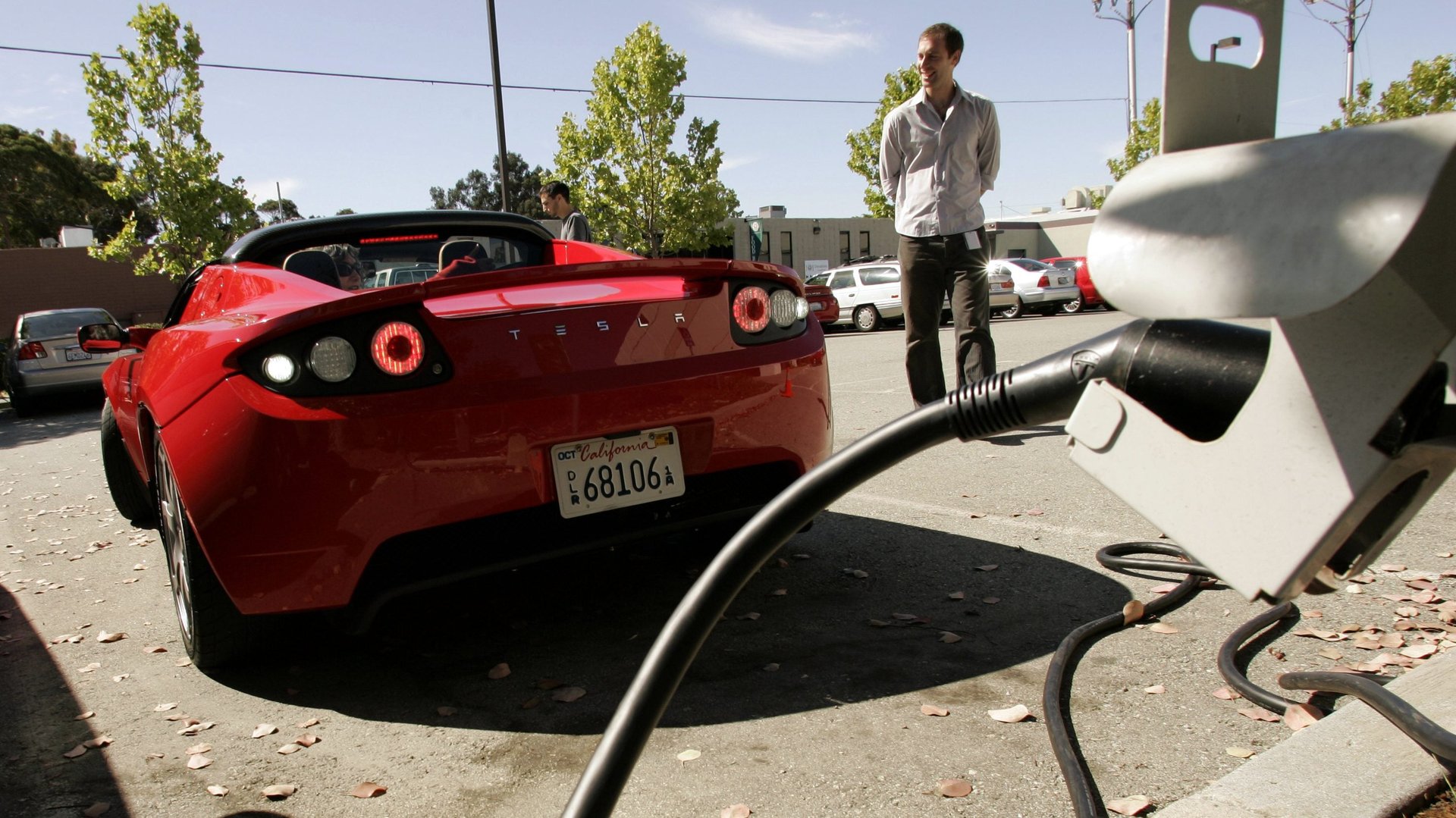Why Uber cares that Hertz is buying 100,000 Teslas
Uber is cashing in on a piece of Hertz’s deal to buy 100,000 Teslas, with the rental car company planning to make half of its EV fleet available to drivers with the ride-sharing app next month. Uber said this represents the largest expansion of EVs on a mobility platform in North America, and will help get the ride-sharing company closer to its goal of achieving zero emissions by 2040.


Uber is cashing in on a piece of Hertz’s deal to buy 100,000 Teslas, with the rental car company planning to make half of its EV fleet available to drivers with the ride-sharing app next month. Uber said this represents the largest expansion of EVs on a mobility platform in North America, and will help get the ride-sharing company closer to its goal of achieving zero emissions by 2040.
With the deal, Uber is capitalizing on a move that bolstered Hertz’s fledging EV business and helped Tesla surpass a $1 trillion valuation earlier this week. Some analysts say the option to rent a Tesla from Hertz could help boost consumer confidence in EVs, but there’s another major reason Uber might want this for its own drivers: The company has pledged to make its “fleet” entirely electric by 2030, but it’s hard to convince gig workers to invest in the cars, which are generally more expensive than their gasoline-powered counterparts. The cheapest new Tesla costs at least $40,000.
Why transitioning to all-electric is tricky for ride-sharing platforms
Both Uber and Lyft announced last year that they will go all-electric by 2030. While that may be a noble goal, some analysts questioned whether it was possible given those cost implications.
“Part of the issue for Uber drivers is the upfront capital cost,” said Ben Prochazka, executive director of the Electrification Coalition, which advocates for more electric mobility. The sticker price of an EV is on average $19,000 more expensive than a gasoline-powered vehicle, but the investment is also more cost-effective in the long-run because electric cars are cheaper to run. A May report by the US energy department found drivers can save about 60% on fuel by driving an EV rather than a gas-powered car.
Even so, “if you’ve never driven [an EV], if you’ve never charged one, it can feel overwhelming and hard to imagine,” Prochazka said. Uber’s rental program with Hertz “could provide a good pathway for drivers to see the demonstrated value of electrification,” and may “help catalyze the shift that needs to happen” in order for ride-sharing programs to transition to EVs, he added.
Barriers that still remain to getting drivers on board
Right now it may be hard to imagine a world where hailing a Tesla is the norm, but policymakers share Uber and Lyft’s EV ambitions. In May, California’s clean air regulator adopted rules mandating that 90% of ride-hailing miles traveled must be electric by 2030, but board members expressed concern there is no way to ensure Uber and Lyft “actually bear the costs to address the greenhouse gases and air pollution they’re creating and profiting off.”
Hertz is paying an estimated $4.2 billion for the fleet of Teslas, and Uber drivers will be able to rent them for $334 a week to start. The price is expected to drop to $299 a week once the program gets under way. Uber plans to charge customers a higher fee ($1 more) for electric vehicle rides in order to incentivize drivers to make the switch.
Right now, however, it may take more than a $1 fare incentive to convince gig workers to get on board. Studies suggest ride-share drivers in cities like Seattle and Chicago earn below minimum wage, and renting a gas car with Hertz for Uber is still cheaper than renting a Tesla.